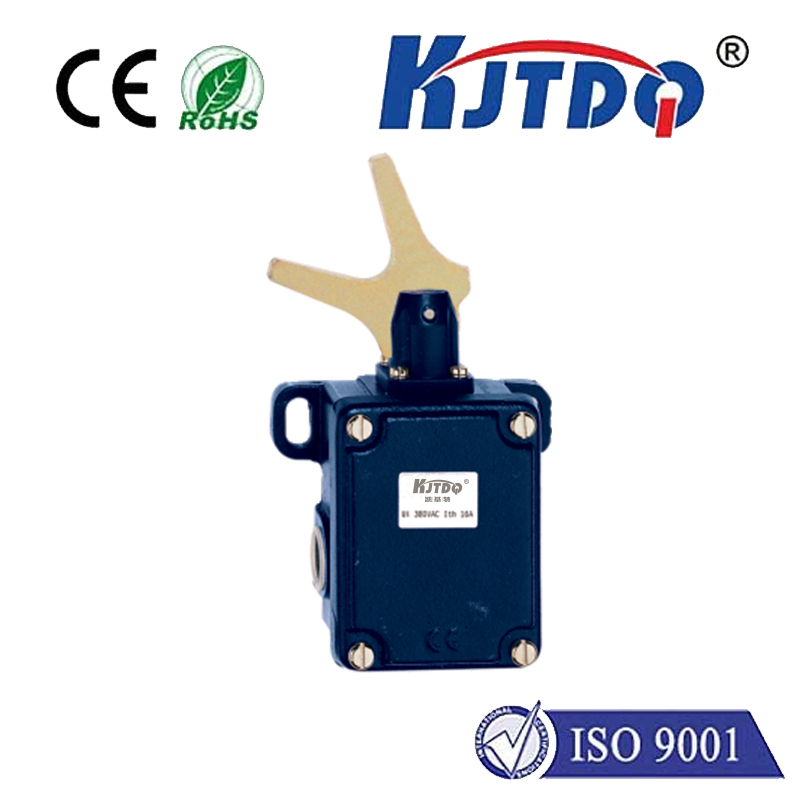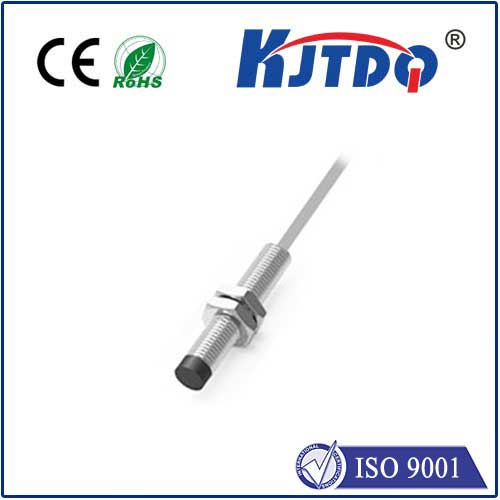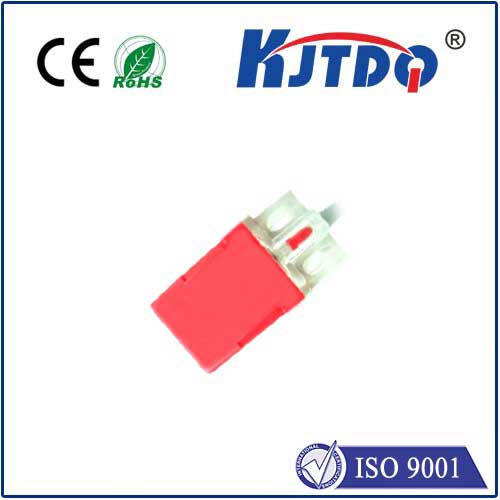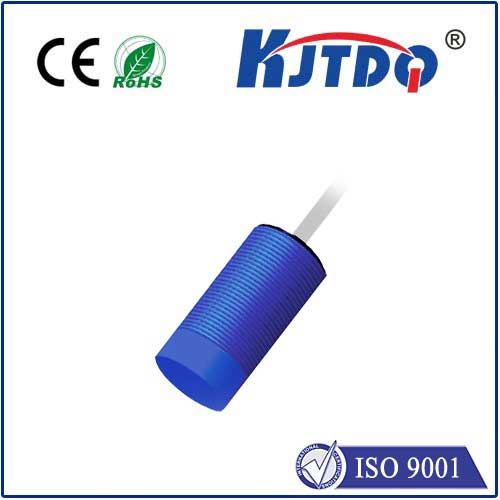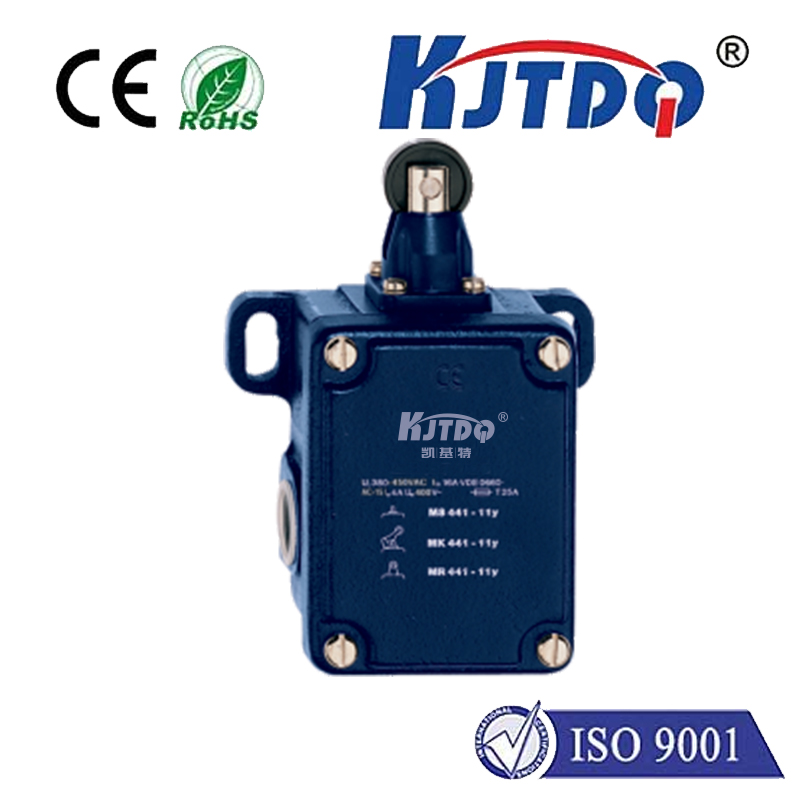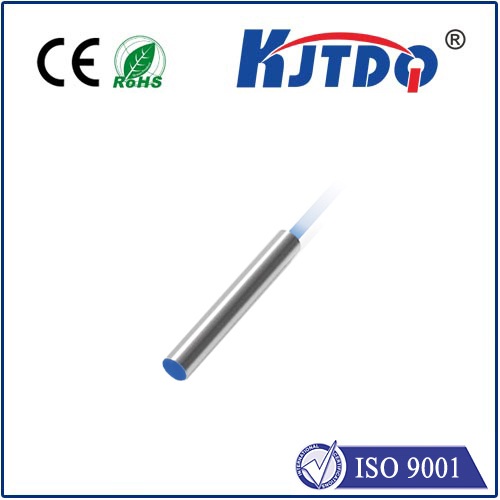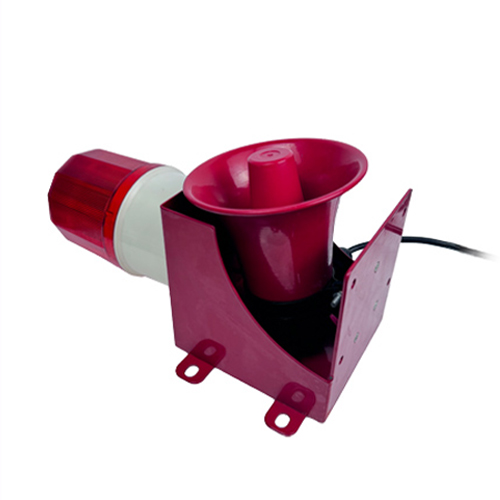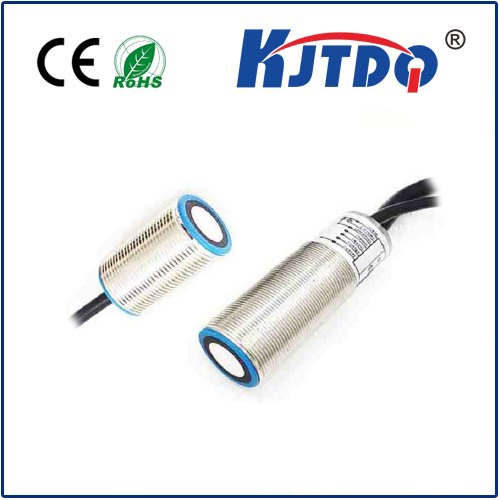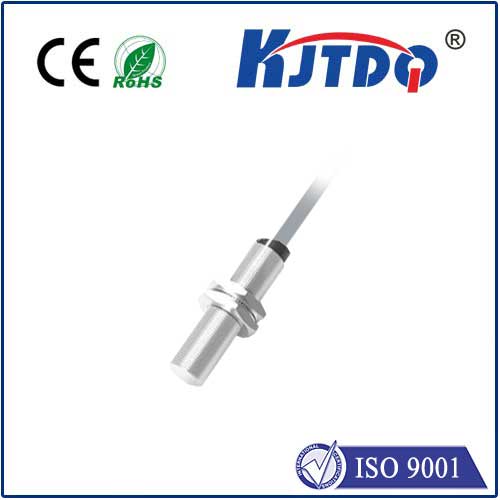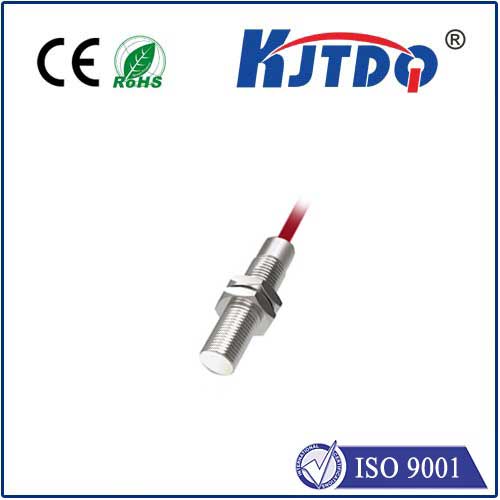

check

check

check

check

check

check

check

check

check

check
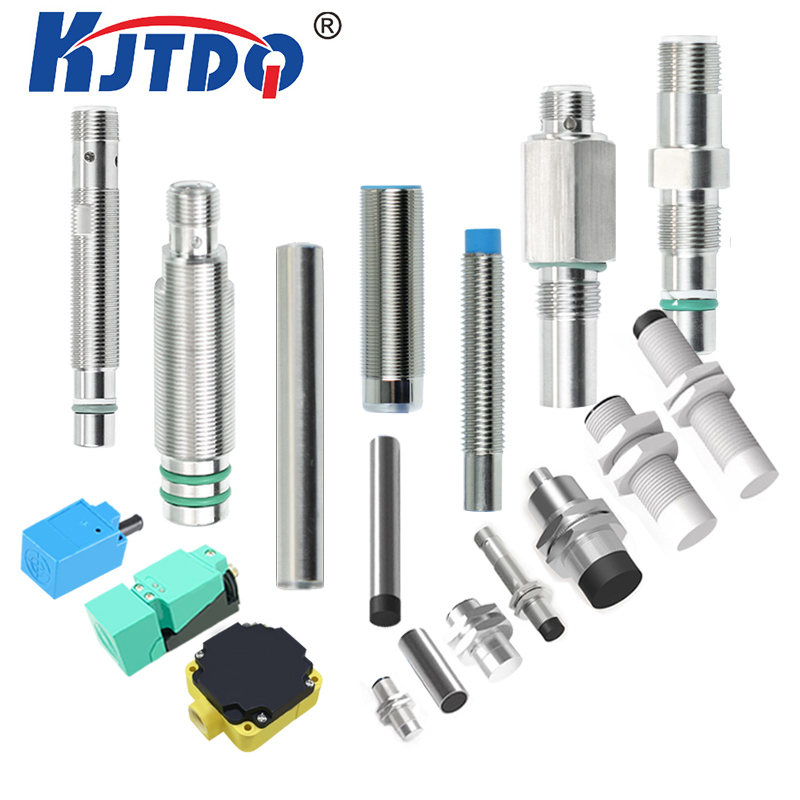
1. Ensure that the installation foundation of the sensor is firm and flat to prevent the sensor from being affected by vibration or displacement during use. Structural accessories with automatic positioning (resetting) functions, such as spherical bearings, spherical bearings, positioning fasteners, etc., can be used as much as possible.
And horizontal adjustment to prevent measurement errors caused by unevenness: First, the installation plane of a single sensor installation base must be adjusted with a level; on the other hand, the installation surface of multiple sensor installation bases must be adjusted to a horizontal plane as much as possible (use level).
2. Before installing the sensor, please carefully read the instructions and technical documents provided by the manufacturer, and install and use the sensor correctly as required.
3. Avoid using equipment that generates magnetic fields near the sensor to avoid interference with the sensor output.
4. Ensure that the working environment of the sensor meets the requirements specified by the manufacturer, including temperature, humidity, magnetic field, radiation and other conditions.
5. When using multiple sensors, care should be taken to ensure that the signal transmission between each sensor is stable and reliable to avoid data inconsistency or excessive errors.
6. Avoid overloading the sensor to avoid damage to the sensor or shorten its service life. For example, although the load cell has a certain overload capability, the overload of the sensor should still be prevented during the installation of the weighing system.
7. When making electrical connections, the connections should be made in accordance with the connection specifications provided by the manufacturer to ensure the normal operation of the sensor and avoid electrical faults.
8. For sensors that need to extend the signal line, appropriate signal amplifiers or transmission equipment should be used to amplify or transmit the signal to avoid the effects of signal attenuation or interference.
9. When using shielded cables, care should be taken to ensure that the shielding layer of the cable is complete to avoid external interference from affecting the sensor signal. At the same time, care should be taken to avoid placing power lines and signal lines in the same pipe to avoid mutual interference. All wires leading to or from the display circuit should be shielded cables.
In short, when using the sensor, you should carefully read and comply with the relevant precautions and requirements according to the specific application scenarios and requirements, combined with the technical documents and instructions provided by the manufacturer, to ensure the normal operation and service life of the sensor.
